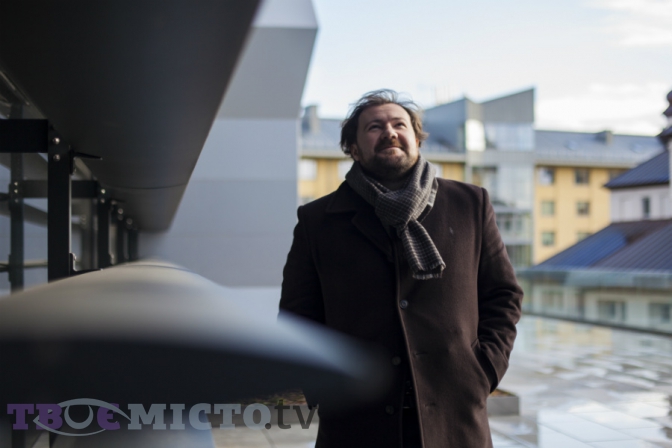
[For urgent updates please follow Ukrainian Freedom News in Telegram]
A full-scale Russian-Ukrainian war has been going on for more than a month. Many cities have suffered significant damage. Some of them actually turned into ruins. More than 10 million people have left these cities, many of whom headed to Western Ukraine.
What kind of housing for migrants should Lviv build? How do we need to rebuild Ukrainian cities? How do we need to plan districts and where military units will be located to protect both military and civilians? Lviv Now discussed these questions with Yulian Chaplinskyi, the former chief architect of Lviv and Deputy Minister of Community and Territorial Development on European Integration.
Housing for migrants
What program of housing construction for migrants do we need, where it can be done in Lviv, and what is the experience abroad?
It seems to me that today, it is very important to understand who is coming for a long time, who is forever, and who is temporarily coming to the Lviv region. The state is defending itself in war, everything else is in the category of «think about it after the victory.»
Of course, there are people who can’t afford to go to Europe or don’t want to. That is why Lviv now looks like Noah’s Ark with a good base and urban structure and support. So, in my opinion, providing migrants with housing is not a plane of urban planning, it is a plane of finances. There are two options. The state gives cities more opportunities to absorb taxes, deepens decentralization, which helps to accumulate much more money in the city budget, build social and engineering infrastructure, attract international donors. If the state wants to re-accumulate all this in its hands, as it was before the war under programs such as President Zelensky’s «Great Construction», then the construction of housing for migrants is not our problem. If this issue is «dropped» on the cities, it is necessary to demand a different system of taxation.
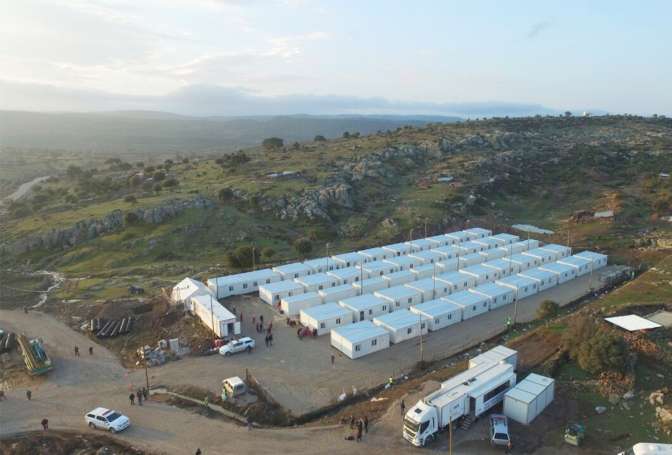
The second thing I want to share is that the arrival of a large number of people in terms of urban planning is not bad. This is a huge number of people who want to work, bring knowledge and create natural, right competition, and this leads to good business initiatives, to improved economic conditions.
Western cities are cities that do not sort migrants: those who come, we will settle them, we will give them jobs, we will help them to feel good here, do business here, work. Moreover, many European cities are fighting for migrants from different countries to come to them and do business there and pay taxes.
In the case where the state collects most of the taxes migrants are not profitable for city. Because they are simply accumulating problems, population density is growing, infrastructure is lacking, the workload is increasing.
More than five million square meters of housing have been built in Lviv since 2014. Many people abandoned their houses and went abroad. And it is unlikely that they will all return. I think 30% will stay in Europe. So they will either rent out their apartments or sell them.
In addition, the developers have a huge amount of housing, which is under construction or this construction is about to be completed, or just have the documents. The city should buy this housing stock from developers, and give people the opportunity to buy this housing on preferential terms, to pay in installments.
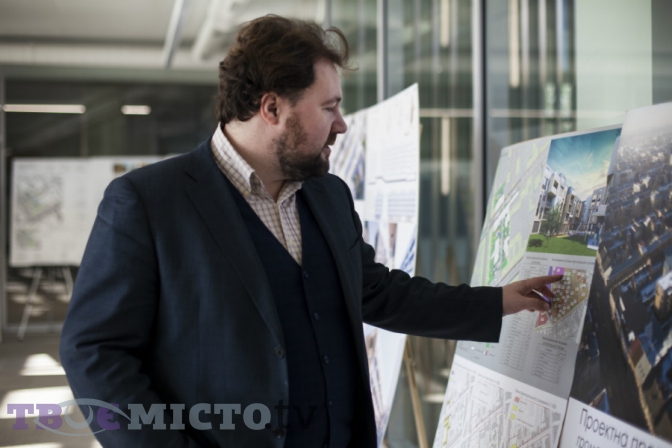
The second mechanism is to build a primitive structure like «khrushchovka» [type of mass small-sized housing constructed in the times of Khrushchev’s rule in the USSR] or prefabricated houses to populate people. This is not the responsibility of the country, but the state can help with money, programs, how to start your business.
[On March 30, President of Ukraine Volodymyr Zelenskyi announced a new feature in the application «Diia» for citizens who lost their homes as a result of the Russian-Ukrainian war, and assured that «the state compensates for every meter of lost property» – Ed.]
Post-war Europe did not have this. The communists wanted this very much, but it is conditionally free housing. People were actually in slavery, the state took money from them and for this money could build housing, but gave it as a gift from the state. There is no free housing!
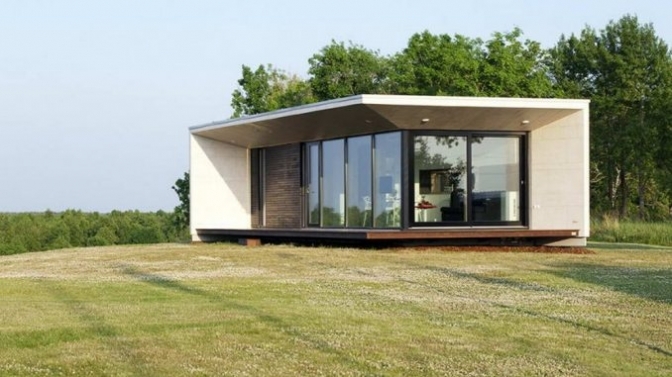
If we talk about the short time period: half a year or a year or two, I would take the experience of foreign factories I suggest that UTC’s [United Territorial Communities, administrative units that appeared after the reform of the districts centred around Ukrainian towns], which have a lot of free land, start using prefab technology. This is when two- or three-floors structures are built near the production. The settlements are similar to construction containers for craftsmen, but it is a little better to accommodate a couple or a family. This is a temporary structure that can be sold for the needs of the builders later.
But it will be a pity if we spend money on these prefabs, and people say they have changed their minds and go to Poland to earn money. In the Soviet Union, it was simple, everything belonged to the state: people, economy, land, work. There is no planned economy, so people are going where they are feeling better.
We need to focus not on how to resettle people, but on how to create conditions for them to do business. They will find a way out: to rent an apartment or look for other housing options in the city or village.
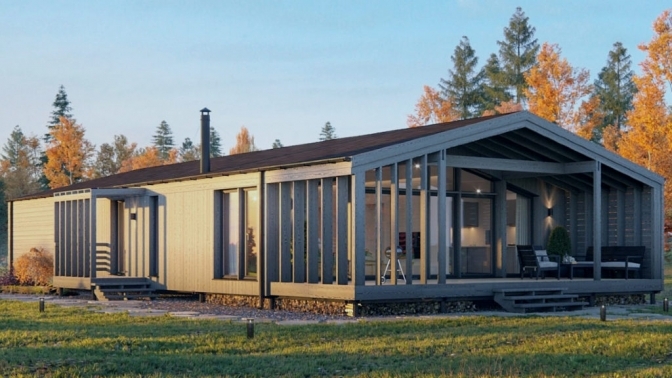
How did other countries resolve this issue? Such as the countries of the former Yugoslavia, which were at war with each other.
Croatia fought in even worse conditions than we did. In general, «in shorts and T-shirts.» At first they didn’t even have weapons. So there was no talk of building any emergency housing at all.
There are no ready-made recipes for solving urgent problems in wars. Each war is new in its own way: new standards, living conditions. I will share the opinion of architects who moved from Kyiv. Many craftsmen and many furniture factories want to move production to the west of Ukraine. They are looking for inexpensive crafts, and would like to re-equip those that are abandoned, for production and immediately integrate temporary housing. And then, they will think about buying a neighboring plot from UTC or maybe it will give them this plot for free to build normal housing for themselves.
My forecast is that there is a lull now, and then the developers will become more active and will ask the Cabinet of Ministers to buy from them a conditional five square kilometers of housing to give to the migrants.
I also think that developers will soon be lobbying for a bill on new bankruptcy conditions for developers. Because earlier, if the developer delayed the commissioning of the housing for several months, he gave the money away. And now he may not have the money to give it away.
Therefore, developers want to have legal guarantees that they will not be declared bankrupt, because this segment of the economy, approximately 10 to 15%, will simply stop. And if the state agrees to buy unfinished houses at dumped prices, on the one hand, it will intensify the construction market, on the other – migration to the West will stop, on the third – there will be opportunities for people to buy housing in installments.
Will Lviv have enough potential, resources, areas to build enough housing for 20-30 thousand people who can stay in our city?
It’s time to step up small towns around the city. But it can be more expensive because there is no necessary infrastructure, bad roads and so on…
And who prevented the construction of this infrastructure in peacetime? That’s why I advised the city authorities not to add new villages. The city did not have the money to build new schools and kindergartens. Why connect dozens of other villages without roads, schools, gardens, heating, gas?
Now the question is whether the missiles do not fall on the head. The authorities should now do round-the-clock analysis: which people come, where to direct them, which business to organize, and to cooperate with certain enterprises in specific locations, how to make clusters and place them. Building infrastructure is the next step in the process.
I think Lviv can accommodate up to 50,000 people within the available housing stock. The population of Lviv during Brezhnev was 840 thousand. Before the current war, there were 730,000 of us. So we have a reserve of at least 10,000 people. Built housing can be easily activated.
I also advise not to stop urban reforms, which the city has done. The development of public transport and social infrastructure must be a priority.
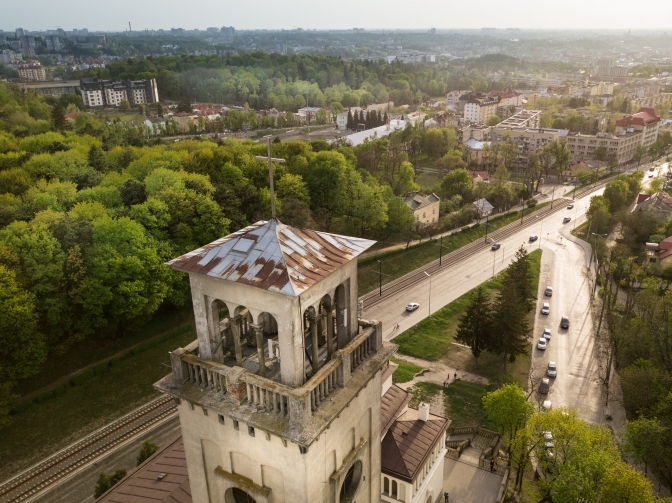
About security
How are new buildings adapted to the conditions of war? Who has the opportunity to influence the creation of quality shelters for them? Is this a matter for the state or the city authorities as well?
The paradox is that our legislation has given everything for examination. The city authorities left three points: population density, elevation and the percentage of buildings.
Despite the fact that the master plan should include military shelters, the examination cannot verify this, because it can be private, in Kyiv or Vinnytsia, and the object is in Lviv. Therefore, we have to change the approach to the regulatory framework needs. The city does not have the current legislative instruments to influence this.
The new housing stock mainly has underground parking lots. But they may not be enough in terms of the number of apartments, but at least there are places where you can go down and hide.
However, there must be new building codes, and it is not the city that should influence this, but the state. In the context of security, I can imagine this: the house that was hit by the missile, for example, in Kyiv, almost survived, falling several floors, where it was hit. But the house didn’t fall, and vertical connections allow people to evacuate.
I do not think that new measures will be prescribed, it may be possible to increase the level of seismic resistance, because it is a shock when a missile hits. But, let’s be honest, when it enters the house, whether it is frame or panel, the chances of saving residents are not very high.
Military facilities were here, but later they were «overgrown» with housing…
Yes, the question is that the military «sprayed» their own infrastructure for housing. When I worked as the chief architect of the city, there were so many appeals from the National Guard of Ukraine, border guards and other formations of the Armed Forces. They put pressure on the mayor to provide military land for housing.
The Ministry of Defense of Ukraine and the military prosecutor’s office controlled this. And the same in Kyiv. Under the good slogan «Housing for ATO veterans [soldiers fighting on the war on Donbas during 2014-2022]!» these lands were given to developers and then received 10-12% of apartments. We have such buildings, in particular, on the streets of Mechnikova (in the former military unit), Volodymyra Velykoho, Shevchenka, Knyahyni Olhy.
But I think that it wouldn’t be better to take military units out of the city, because then they become an even better target for missiles. So we need to revise the military doctrine with the involvement of NATO experts, to understand where it is best to deploy troops and how to «hide» them. The city can and has control of such things purely politically.
What approaches will war change?
What are the key areas in which the debate can occur about how it should be after the war?
First of all, I hate the Soviet proportions of highways. In Melitopol, Russian tanks almost flew wide avenues. It is unrealistic to stop them on street 100-200 meters wide between the facades.
I think we need to return to the neighborhood buildings. Up to seven floors maximum (this is the scale of Madrid and Barcelona). It is necessary to strictly control the «red lines» of buildings, i.e. the lines of engineering and transport corridors. But before we need to make street construction lines, which already take into account both sidewalks and roadways.
At us it is necessary to depart from those «red lines» in building. Take a look, for example, at Chervonoi Kalyny Avenue. It is not perfect, although new. Two people, walking in different directions, do not see each other. 80% of the asphalt on these streets is a purely Soviet modernist approach. It should be removed, and in areas of cities that have been completely destroyed, it is necessary to carry out quarterly construction, rather than restoring the «anthills» according to current building codes.
We need also changes in the protection of utilities. This is a question of water intake, electricity, heating and energy saving. Requirements for energy efficiency must be increased tenfold after the war. This should stimulate the development of innovative technologies, the transition to an economical mode of consumption of water and any energy.
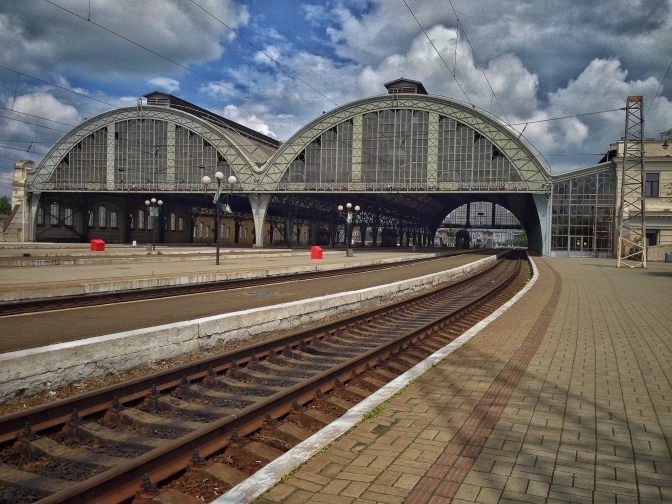
Will the current war cause a demand for storage apartments, as in Israel?
Maybe so, but it should be a service, not a rule. If people are afraid of missiles, they should be offered such apartments in Kharkiv, because it is safer in Lviv – it is further from Moscow.
In Germany, every federal state, apart from state norms, has its own housing norms. It seems to me that this will be appropriate for Ukraine as well. Norms that do not contradict the state, but complement them.
What will serve as an incentive to rebuild Ukraine in peacetime?
We need to move away from a pragmatic approach. The documentation should be accessible and clear to every resident of the city, contain some ideology, and not just be a «colouring» of the master plan with different areas.
Most of the documentation was developed by the same institutes only because of the mayor’s pressure. Therefore, I will explain to any government that we cannot afford quick and bad decisions. It is better to think longer, discuss and do better.
In addition to formal documentation, the city must have informal horizontal documentation. These are the principles where the city states what direction it is. If it is environmentally friendly, it regulates emission reductions, car use and so on. The city must also state exactly what building density it wants.
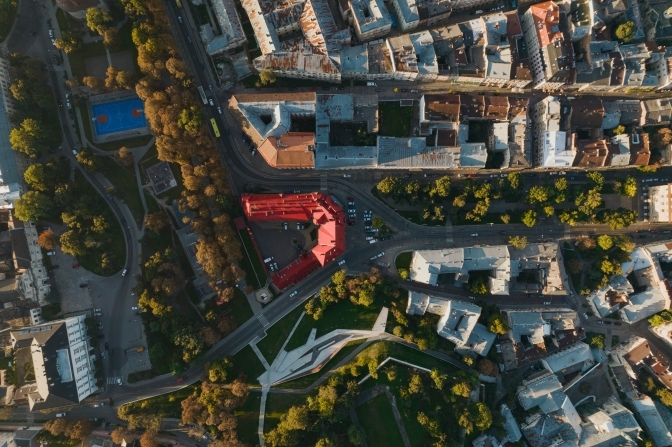
Every project should then be sifted through this «sieve». Every documentation, every decision of the executive committee, every decision of the session must not contradict the principles of the social contract.
Lviv has a lot of resources, lands and former industrial lands. Lviv has a margin of safety due to a huge pause in construction. We still have something to transform and reconstruct. Someone just needs to do this, not think about how to build housing for refugees.
Victoria Savitska, Roman Tyshchenko-Lamanskyi
Translated by Kateryna Bortniak
Follow us on Facebook. Lviv Now is an English-language website for Lviv, Ukraine’s «tech-friendly cultural hub.» It is produced by Tvoe Misto («Your City») media-hub, which also hosts regular problem-solving public forums to benefit the city and its people.





